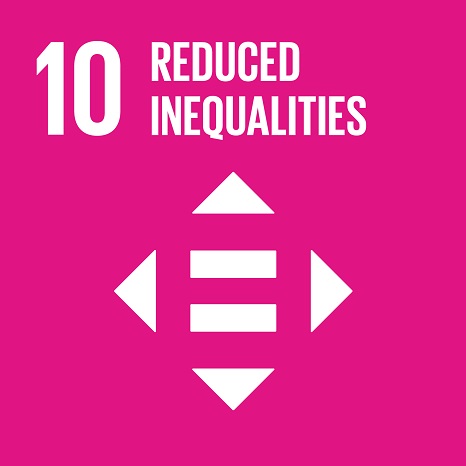Ciência_Iscte
Publications
Publication Detailed Description
Physiological arousal quantifying perception of safe and unsafe virtual environments by older and younger adults
Journal Title
Sensors
Year (definitive publication)
2019
Language
English
Country
Switzerland
More Information
Web of Science®
Scopus
Google Scholar
This publication is not indexed in Overton
Abstract
Physiological arousal has been increasingly applied to monitor exploration (or navigation) of a virtual environment (VE), especially when the VE is designed to evoke an anxiety-related response. The present work aims to evaluate human physiological reactions to safe and unsafe VEs. We compared the effect of the presence of handrails in the VE in two different samples, young and older adults, through self-reports and physiological data: Electrodermal activation (EDA) and electrocardiogram (ECG) sensors. After navigation, self-report questionnaires were administered. We found that the VEs evoked a clearly differentiated perception of safety and unsafety demonstrated through self-reports, with older adults being more discriminative in their responses and reporting a higher sense of presence. In terms of physiological data, the effect of handrails did not provoke significant differences in arousal. Safety was better operationalized by discriminating neutral/non-neutral spaces, where the reaction of older adults was more pronounced than young adults. Results serve as a basis for orienting future experiments in the line of VE and applied physiology usage in the architectural spaces design process. This specific work also provided a basis for the development of applications that integrate virtual reality and applied biofeedback, tapping into mobility and ageing.
Acknowledgements
--
Keywords
Virtual environment,Perception of safety,Applied physiology,Electrodermal activation sensors,Electrocardiogram sensors,Architecture,Building construction
Fields of Science and Technology Classification
- Electrical Engineering, Electronic Engineering, Information Engineering - Engineering and Technology
- Psychology - Social Sciences
- Other Humanities - Humanities
Funding Records
| Funding Reference | Funding Entity |
|---|---|
| UID/MULTI/0446/2013 | Fundação para a Ciência e a Tecnologia |
| 610986 | Comissão Europeia |
| 13852 AAL4ALL | Comissão Europeia |
| 262044 | Comissão Europeia |
Contributions to the Sustainable Development Goals of the United Nations
With the objective to increase the research activity directed towards the achievement of the United Nations 2030 Sustainable Development Goals, the possibility of associating scientific publications with the Sustainable Development Goals is now available in Ciência_Iscte. These are the Sustainable Development Goals identified by the author(s) for this publication. For more detailed information on the Sustainable Development Goals, click here.

 Português
Português



